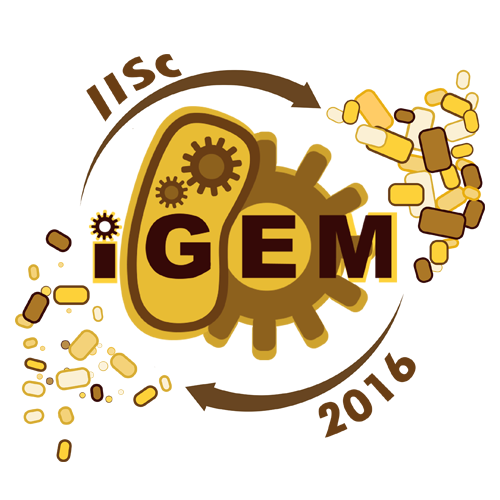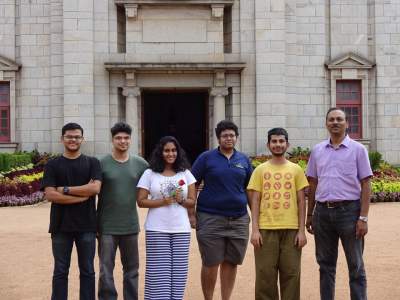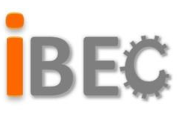Prabaha007 (Talk | contribs) |
Prabaha007 (Talk | contribs) |
||
| Line 151: | Line 151: | ||
<br><a href="https://2016.igem.org/Team:IISc_Bangalore/Description"><span class="readm hvr-ripple-out">Read more</span></a> | <br><a href="https://2016.igem.org/Team:IISc_Bangalore/Description"><span class="readm hvr-ripple-out">Read more</span></a> | ||
</p> | </p> | ||
| − | + | <b>Our Bioreactor Design</b> | |
<p class="whitef leftMove">We realized that manufacturing units use expensive and energy expensive machinery <a href="#refer" onclick="closeTab()">[3]</a>. Hence, we engineered our bacteria in such a way that it could do most of the work done by these monstrous machines so that we no longer have to buy them and pay their bills. | <p class="whitef leftMove">We realized that manufacturing units use expensive and energy expensive machinery <a href="#refer" onclick="closeTab()">[3]</a>. Hence, we engineered our bacteria in such a way that it could do most of the work done by these monstrous machines so that we no longer have to buy them and pay their bills. | ||
<br><a href="https://2016.igem.org/Team:IISc_Bangalore/Description"><span class="readm hvr-ripple-out">Read more</span></a> | <br><a href="https://2016.igem.org/Team:IISc_Bangalore/Description"><span class="readm hvr-ripple-out">Read more</span></a> | ||
Revision as of 20:03, 19 October 2016
With the advent of rDNA technology in the late 1970s, medicine, agriculture and several other areas underwent a quantum leap and from that point, progress only hastened, from one only one recombinant pharmaceutical approved for human use (insulin) in 1982 to one hundred and fifty-one FDA approved protein based recombinant pharmaceuticals by 2009[1].
Read more
We realized that manufacturing units use expensive and energy expensive machinery [3]. Hence, we engineered our bacteria in such a way that it could do most of the work done by these monstrous machines so that we no longer have to buy them and pay their bills.
Read more









